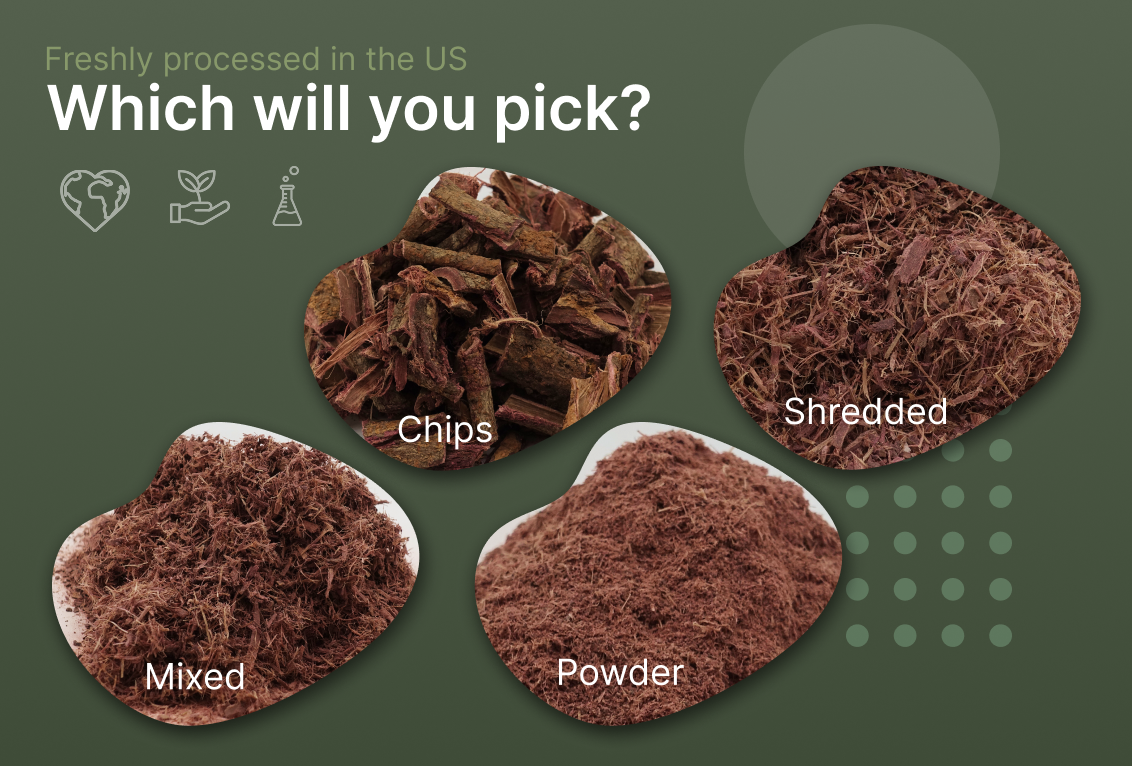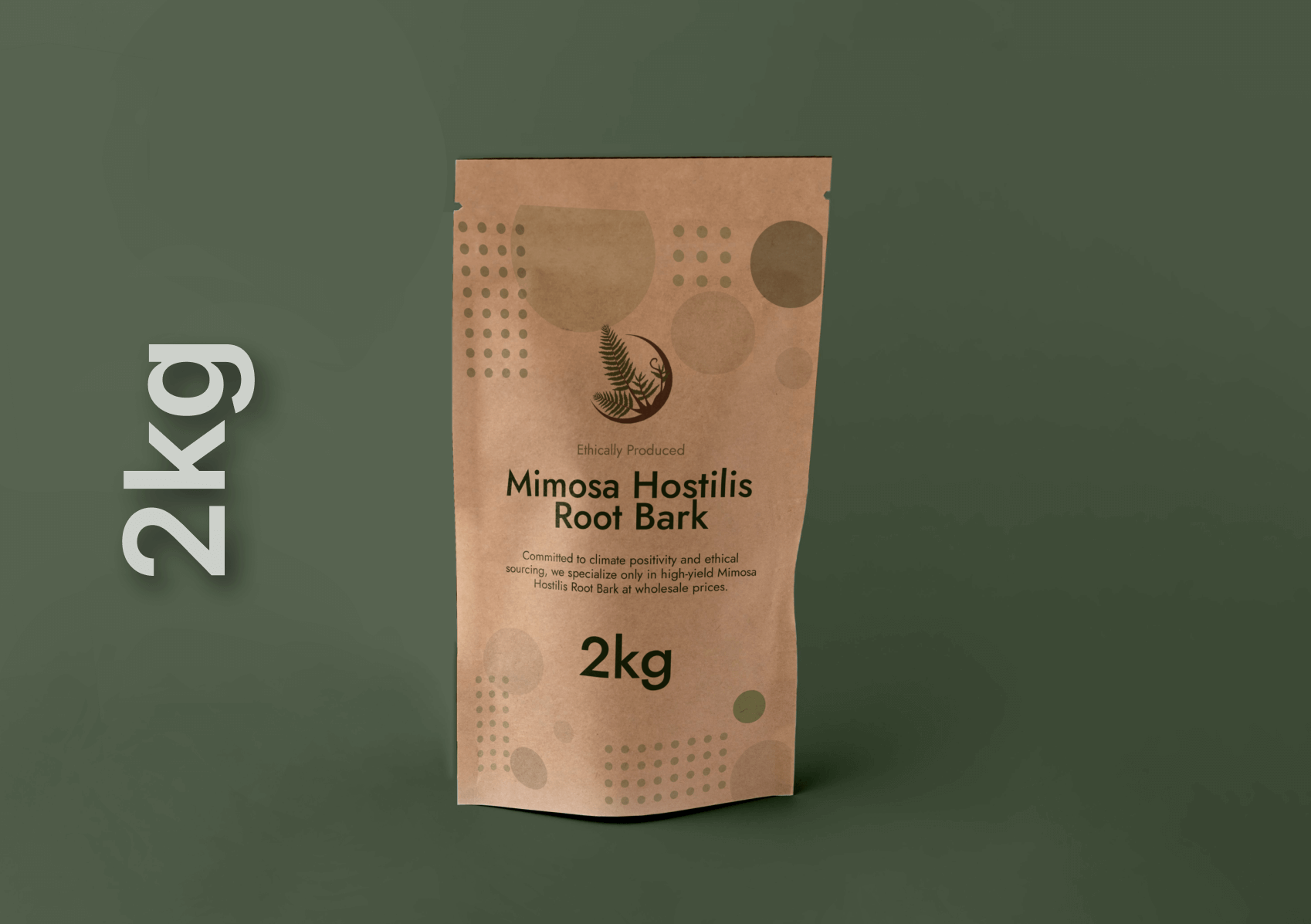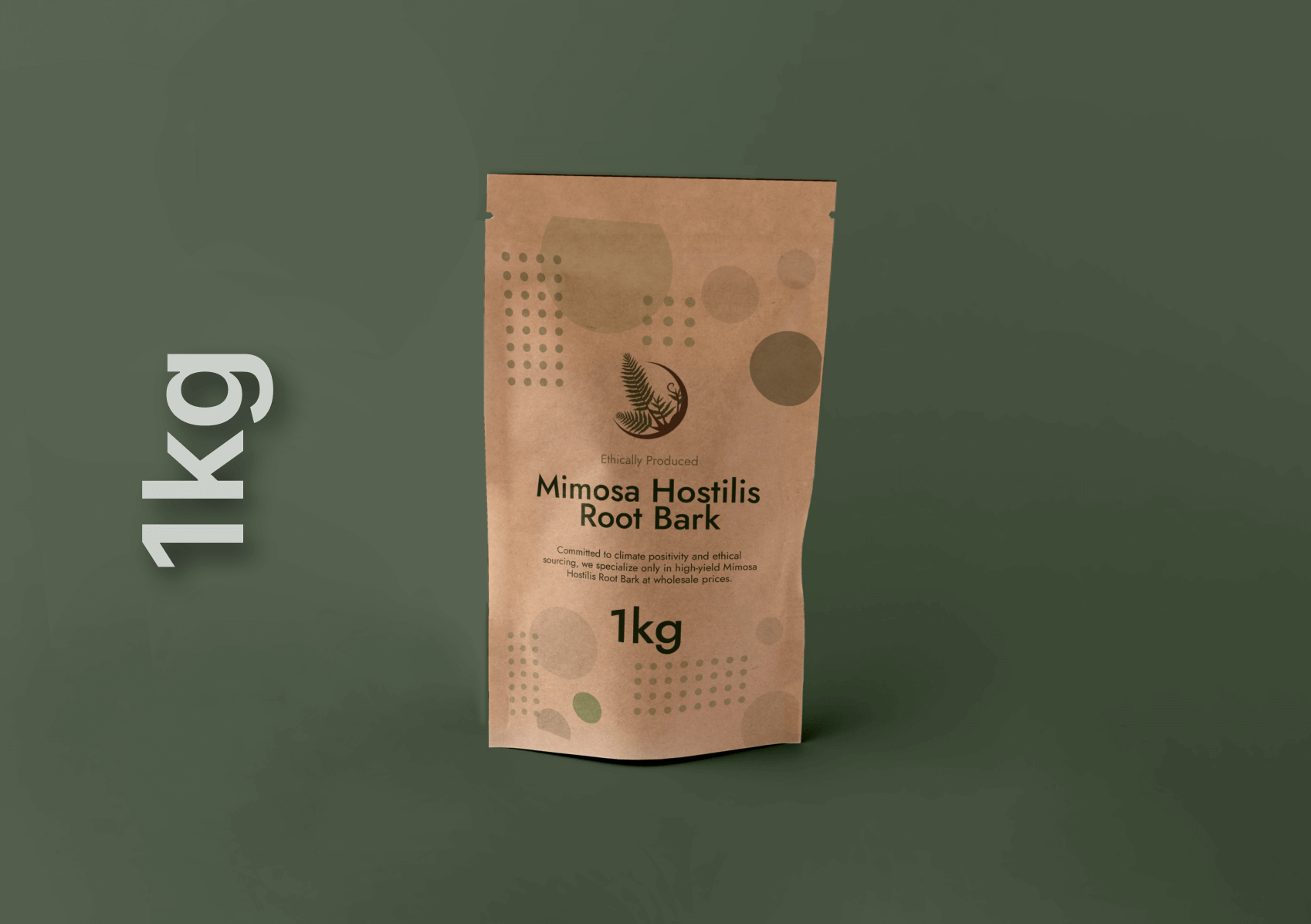Mimosa hostilis, also known as Jurema Preta, is a fast-growing shrub native to northeastern Brazil. Renowned for its root bark extract rich in N,N-Dimethyltryptamine (DMT) and tannins, this species has attracted global attention for its psychedelic properties, traditional medicine uses, and industrial applications. As demand rises, the balance between scientific research, conservation efforts, and ethical harvesting has never been more critical.
Cutting-Edge Research on Phytochemistry and Pharmacology
Phytochemical Profiling and Novel Compounds
Recent studies have expanded beyond DMT to uncover an array of flavonoids, alkaloids, and phenolic compounds in Mimosa hostilis root bark. Advanced chromatographic techniques (HPLC, GC-MS) have identified new molecules with potential anti-inflammatory, antioxidant, and neuroprotective effects. These discoveries pave the way for drug development targeting conditions such as Alzheimer’s disease and chronic inflammation.
Clinical Trials and Therapeutic Potential
Ongoing clinical trials in North America and Europe are evaluating low-dose psychedelic-assisted therapy using standardized Mimosa hostilis extracts. Preliminary results indicate significant improvements in treatment-resistant depression, anxiety disorders, and PTSD. The safety profile appears favorable when administered under controlled, therapeutic settings, emphasizing the importance of rigorous dosing protocols and patient screening.
Conservation Strategies for Sustainable Cultivation
In Situ Conservation and Habitat Protection
Mimosa hostilis thrives in semi-arid ecosystems vulnerable to deforestation, urban expansion, and agricultural encroachment. Conservationists are partnering with Brazilian NGOs to designate protected areas, implement community-led monitoring, and enforce anti-logging regulations. These measures ensure that wild populations remain genetically diverse, preserving resilience against climate change.
Ex Situ Cultivation and Agroforestry Integration
To alleviate pressure on wild stands, researchers advocate for ex situ cultivation techniques. Propagation via vegetative cuttings, tissue culture, and seed orchards has achieved high success rates. Integrating Mimosa hostilis into agroforestry systems—alongside native fruit trees and soil-building legumes—offers farmers additional revenue streams while maintaining soil health and biodiversity.
Best Practices for Commercial Growers
- Site Selection: Well-drained, sandy soils with pH 5.5–7.5.
- Propagation: Use cuttings treated with auxin-based rooting hormones for uniform growth.
- Harvest Cycles: Rotate plots every 3–5 years to prevent depletion of root biomass.
- Soil Management: Employ cover crops and organic mulches to retain moisture and suppress weeds.
Ethical Considerations and Benefit-Sharing
Respecting Indigenous Knowledge
Indigenous communities in Brazil have used Mimosa hostilis for ceremonial, healing, and dyeing purposes for centuries. Ethical frameworks demand prior informed consent, equitable benefit-sharing, and protection of traditional intellectual property. Partnerships between researchers and local healers must transparently outline royalty agreements, capacity-building programs, and cultural safeguards.
Regulatory Landscape and Compliance
The legal status of DMT and Mimosa hostilis varies widely:
- Brazil: Traditional use is protected under Brazil’s 1996 CAM (Conselho da Administração Municipal) regulations, but commercial production requires strict licensing.
- USA & Europe: DMT is a Schedule I substance, necessitating research permits. However, non-psychoactive uses (tanning, dye extraction) face fewer restrictions.
- Emerging Markets: Countries like Canada and Australia are updating their psychedelic frameworks, opening avenues for clinical research and regulated therapeutic use.
Market Trends and Commercial Innovations
Industrial Applications Beyond Psychedelics
- Natural Dyes: Tannin-rich bark yields durable, eco-friendly dyes for textiles, wood finishes, and ink manufacturing.
- Cosmetics: Antioxidant extracts are incorporated into anti-aging formulations, soothing balms, and organic skincare lines.
- Bioplastics Precursor: Tannins serve as sustainable alternatives in resin production, reducing reliance on petrochemicals.
Emerging Business Models
Innovative startups are adopting vertical integration—from sustainable cultivation to value-added processing—ensuring traceability and quality control. Direct-to-consumer channels leverage story-driven branding, highlighting ethical sourcing, fair-trade certification, and eco-friendly packaging to capture discerning markets.
Challenges and Future Directions
Balancing Demand with Biodiversity
Unregulated wildcrafting threatens genetic erosion. Future strategies must:
- Enforce harvesting quotas based on population viability analyses.
- Invest in seed banks and genetic repositories.
- Support research grants focused on population genetics and adaptive traits.
Advancing Research Through Collaboration
Cross-disciplinary consortia between pharmacologists, ethnobotanists, ecologists, and policy-makers will:
- Standardize analytical methods for active compounds.
- Develop CRISPR-based interventions to enhance desirable traits (e.g., higher alkaloid content without compromising growth).
- Establish international guidelines for ethical clinical applications.
Consumer Education and Transparent Labeling
As product diversity expands, clear labeling is essential. Standards should include:
- Botanical origin (wild vs. cultivated).
- Extraction method (solvent, temperature, yield).
- Alkaloid profile (quantitative analysis of DMT, bufotenin, and ancillary compounds).
Conclusion
The future of Mimosa bark is bright, underpinned by robust scientific research, sustainable cultivation, and ethical stewardship. By forging partnerships across academia, industry, and indigenous communities, we can ensure that this remarkable species continues to deliver therapeutic breakthroughs, economic opportunities, and ecological resilience. The path forward demands a holistic, evidence-based approach—one that honors tradition while embracing innovation.
FAQ’s
What are the primary therapeutic uses of Mimosa hostilis?
Mimosa hostilis root bark is most widely studied for its psychedelic compound DMT, utilized in psychedelic-assisted therapies for treatment-resistant depression, PTSD, and anxiety. Additionally, its anti-inflammatory and antioxidant constituents show promise in neurological and chronic inflammation research.
Is Mimosa hostilis legal to grow and use?
Legality varies by country:
Brazil: Traditional use is permitted; commercial production requires licensing.
United States & Europe: DMT is Schedule I, so root bark extraction for psychoactive use is restricted—non-psychoactive applications (e.g., natural dyes) are generally allowed.
Canada & Australia: Emerging frameworks allow regulated research and therapeutic use under strict compliance.
How can Mimosa hostilis be cultivated sustainably?
Sustainable cultivation involves:
Agroforestry: Interplanting with native trees and legumes to promote biodiversity.
Ex situ nurseries: Using cuttings and tissue culture to reduce wild harvesting.
Rotational harvesting: Allowing root systems to regenerate every 3–5 years and employing organic mulches and cover crops to maintain soil health.
What ethical considerations should researchers and companies observe?
Key ethical practices include:
Prior informed consent from indigenous communities.
Equitable benefit-sharing agreements that fund local development and respect traditional knowledge.
Transparent licensing and royalty structures to protect cultural and intellectual property rights.
Beyond psychoactive uses, what industrial applications exist?
Mimosa hostilis has diverse non-psychedelic applications:
Natural dyes: Tannin-rich extracts for textiles, inks, and wood finishes.
Cosmetics: Antioxidant-rich formulations for anti-aging skincare.
Bioplastic precursors: Sustainable tannins used in eco-friendly resin and polymer production.




